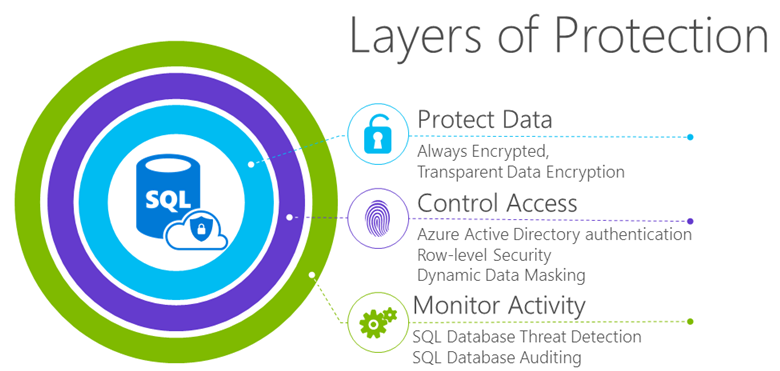
OVERVIEW
This course is designed to give users an understanding of SQL Language. The course covers SQL commands for DML, DDL, Query, and Transaction Control operations.

This course is suitable for application designers and developers, database administrators and operators, and end users